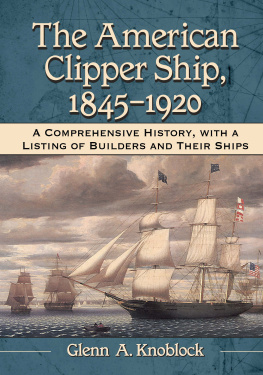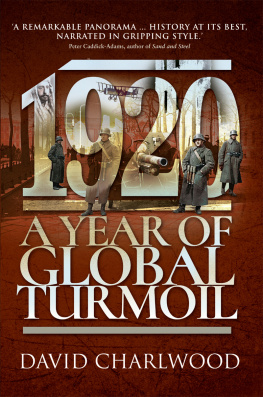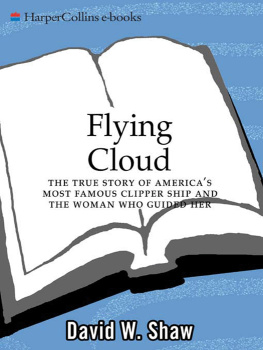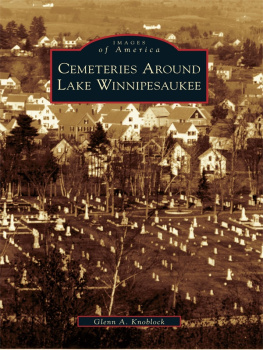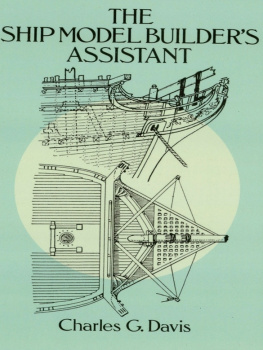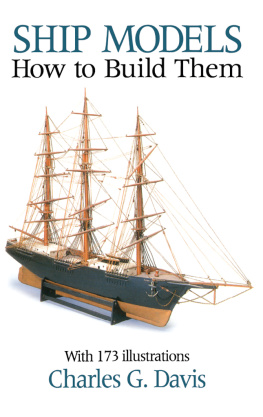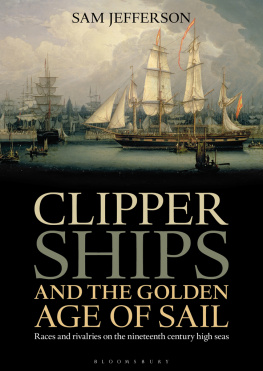Glenn A. Knoblock - The American Clipper Ship, 1845-1920
Here you can read online Glenn A. Knoblock - The American Clipper Ship, 1845-1920 full text of the book (entire story) in english for free. Download pdf and epub, get meaning, cover and reviews about this ebook. genre: Business. Description of the work, (preface) as well as reviews are available. Best literature library LitArk.com created for fans of good reading and offers a wide selection of genres:
Romance novel
Science fiction
Adventure
Detective
Science
History
Home and family
Prose
Art
Politics
Computer
Non-fiction
Religion
Business
Children
Humor
Choose a favorite category and find really read worthwhile books. Enjoy immersion in the world of imagination, feel the emotions of the characters or learn something new for yourself, make an fascinating discovery.
- Book:The American Clipper Ship, 1845-1920
- Author:
- Genre:
- Rating:3 / 5
- Favourites:Add to favourites
- Your mark:
- 60
- 1
- 2
- 3
- 4
- 5
The American Clipper Ship, 1845-1920: summary, description and annotation
We offer to read an annotation, description, summary or preface (depends on what the author of the book "The American Clipper Ship, 1845-1920" wrote himself). If you haven't found the necessary information about the book — write in the comments, we will try to find it.
The American Clipper Ship, 1845-1920 — read online for free the complete book (whole text) full work
Below is the text of the book, divided by pages. System saving the place of the last page read, allows you to conveniently read the book "The American Clipper Ship, 1845-1920" online for free, without having to search again every time where you left off. Put a bookmark, and you can go to the page where you finished reading at any time.
Font size:
Interval:
Bookmark:


McFarland & Company, Inc., Publishers
Jefferson, North Carolina
To my sisters,
Debbie and Lisa,
With love and admiration
For two of the
Most creative people I know!
During the course of writing this book I have received assistance from many individuals. First and foremost, I would like to thank my wife, Terry, for all her love, understanding, and encouragement, not just for this work, but for all my historical endeavors over the years.
On the professional side, the following individuals have been particularly helpful during the course of my research: Leanne Kubicz, reference librarian, Hoboken Public Library (NJ); Martin Blasco, special collections librarian, Gardiner Public Library (ME); Bonnie Healy, president, Trescott Historical Society (ME); Kevin Johnson, photo archivist, Penobscott Maritime Museum (ME); Captain Jim (James) Sharp, Sail, Power, and Steam Museum, Rockland, ME; and Megan Good, director, J. Welles Henderson Archive & Library, Independence Seaport Museum, Philadelphia, PA.
Special thanks go out to Robert J. Alesbury (Bethesda, MD) and A. William Alesbury (Acton, MA), who are direct descendants of the New York shipbuilder Jabez Williams; they were kind enough to supply copies of period photos and pages of shipyard record books that help to document the Williams shipyard. These illustrations are an important addition to this work as Ive placed a great amount of emphasis on the clipper ship builders, and thus it was quite interesting to make this direct family contact. I am even told that Robert in particular bears a strong resemblance to Jabez Williams, which I hope to verify in person someday if distance and circumstances allow!
Finally, in keeping with that traditional disclaimer stated by many a historical author, though Ive received assistance from many quarters over the years that this work was conceived, researched, and written, any mistakes that may appear are strictly my own.
The clipper ship era, lasting from approximately 1845 to 1860, marked the high point of Americas maritime achievements during the age of sail. It was a time noted for the California gold rush and our nations correspondingly rapid growth westward, expanding worldwide trade, as well as the boundless energy, technological innovations, and outstanding feats of seamanship that accompanied them. The clipper ships were the stars of the day, heralded in newspaper accounts and the lithograph prints of Currier and Ives alike for their beauty and speed. And not just in America; wherever these ships appeared in ports around the world, they elicited great praise for their form and function. Indeed, there was no national representative at the time that better symbolized the driving spirit of America than these ships that sailed under the Stars and Stripes. However, the heyday of the clipper ships also came about at a tumultuous time in our nations history, a period when the country suffered a great economic downturn during a financial panic that was the first to occur on a global level, while at the same time on the political front, America, though not everyone realized it yet, was slowly spiraling downward towards a civil war. Given all this, it may truly be said that the decade of the 1850s was one of great highs but also great lows, and the clipper ships were an important part of the national story.
This book seeks to tell the full story about the American clipper ships in a comprehensive fashion from their first development in the 1840s, the full height of their activities and achievements in the 1850s, and down through their later operations into the early 20th century. It was written with the general reader in mind, including both the nautical novice with a limited but perhaps budding interest in the subject, and those maritime enthusiasts who have already immersed themselves in the subject of the clippers but want to know more. Indeed, this is what has inspired me to write this book; having read everything about the clippers I could find over the years by some of Americas most noted maritime historians, I was always left with some unanswered questions. In the beginning chapters, the reader will learn how shipbuilding in America evolved over the years, and how, and by whom, these fast ships eventually came to be designed, and in turn, how these designs changed during the 1850s. Succeeding chapters offer details about the construction of these ships, including the men who built them, the locales at which they were built, the cargos they carried, the captains and crews that that operated them, and shipboard life during the day of the clippers. Another important facet of this book, and something that has been but little touched upon in previous histories, is the business aspect of owning and operating a clipper ship; just how much did these ships cost, how were they insured and regulated, what cargos did they carry and why, and what kinds of profits did they make for their owners? These are all details that offer fascinating historical insights into a period when Americas maritime commerce was at an all-time high. Continuing onward, this work also covers the later day aspects of the clipper ships and their life histories; though their reign effectively ended in 1857 and the last American clippers were built in 1859, this class of ships continued in operation for many decades, including their involvement with events during the Civil War that were both interesting and, at times, destructive; the subsequent sale of many of them to foreign countries; and, finally, to their last days when many once proud but now aged clippers served as workaday vessels and tramp ships seeking a cargo wherever one could be found. Despite their high pedigrees, many of these ships, forced to earn a living wherever and whenever they could, drifted into some of the most controversial trades of the day. Finally, this work is ended with a state by state accounting of every known builder and their clipper ship productions, compiled from a variety of authoritative sources, and their ships, from those built at Robbinston in Downeast Maine in northern New England to the lone clipper built in the deep south at Key West, Florida, along with a list of what I consider to be the most significant clippers constructed in each state where multiple vessels were built. If this should, by chance, spark a revival of the debates of old when the merits of clippers from differing locales, especially Boston and New York, were hotly discussed by both mariners and businessmen, then I will have accomplished my goal.
There have been many fine and authoritative works published in the past documenting the clipper ship era; the works of Captain Arthur H. Clark, Octavius Howe and Frederick Matthews, and Carl Cutler come immediately to mind. This book is not an attempt to supplant these classics, and indeed it would be foolish to even try such a thing, as each offers a unique perspective of the American clipper. However, when these works were authored, between 1911 and 1930, the events of the clipper ship era had not only taken place within the memories of those still living men and women who had been participants, but also the clippers themselves were still a part of our recent past, and many communities where they were built still took great pride in the achievements of their hometown builders. Today, other than perhaps that most famous of all clippers, the Boston-built
Next pageFont size:
Interval:
Bookmark:
Similar books «The American Clipper Ship, 1845-1920»
Look at similar books to The American Clipper Ship, 1845-1920. We have selected literature similar in name and meaning in the hope of providing readers with more options to find new, interesting, not yet read works.
Discussion, reviews of the book The American Clipper Ship, 1845-1920 and just readers' own opinions. Leave your comments, write what you think about the work, its meaning or the main characters. Specify what exactly you liked and what you didn't like, and why you think so.

